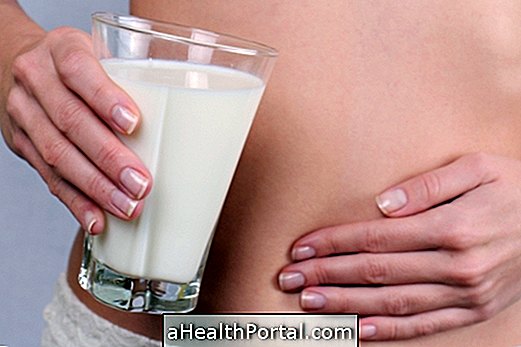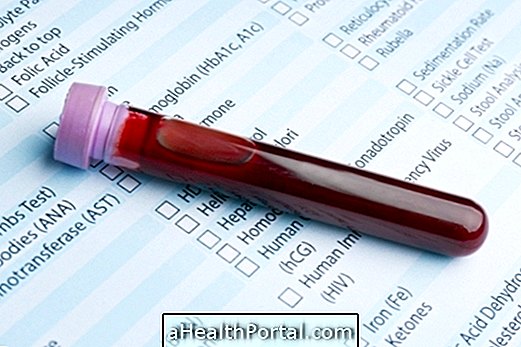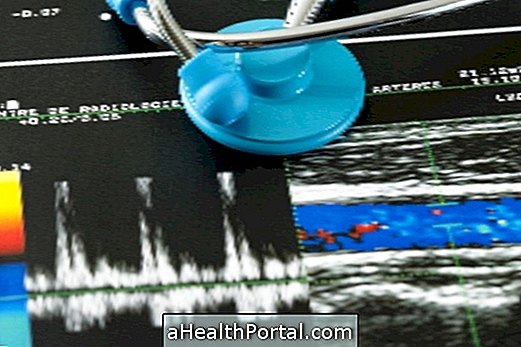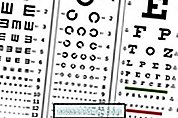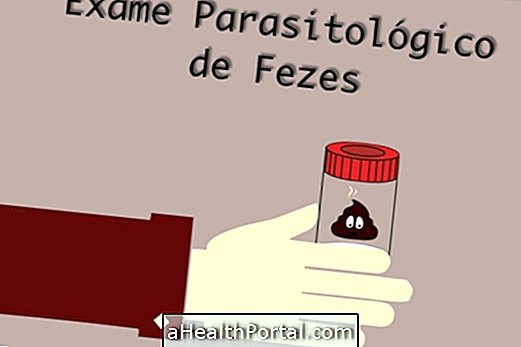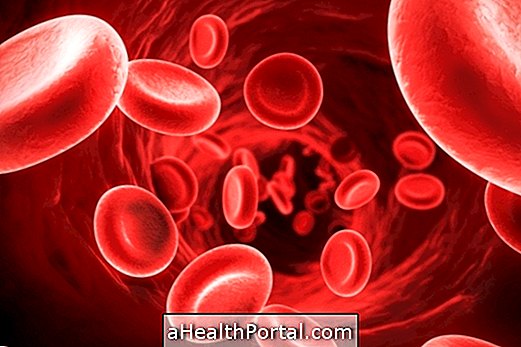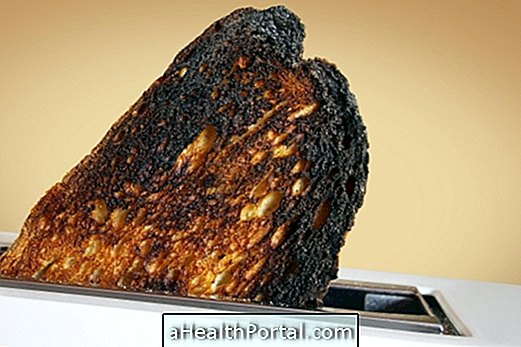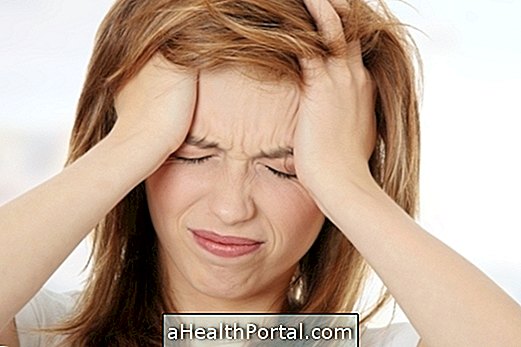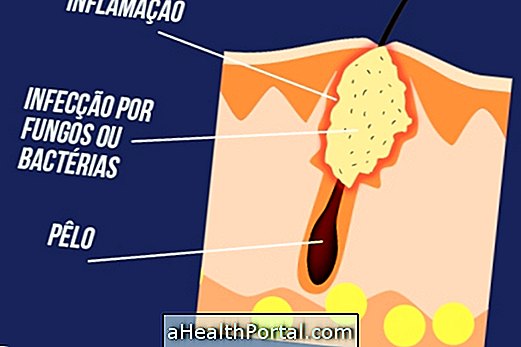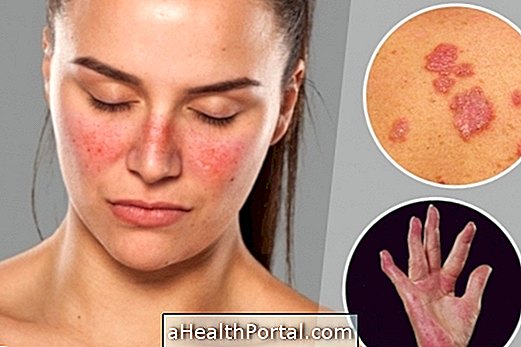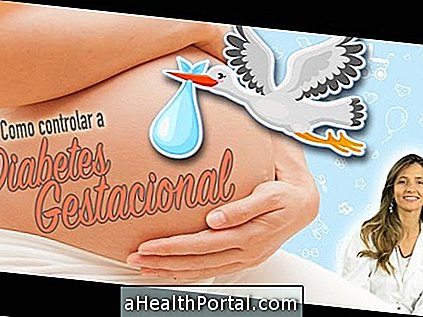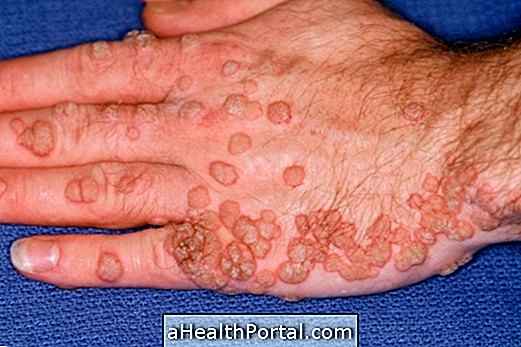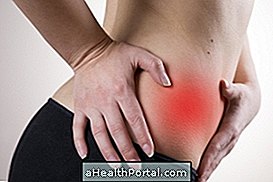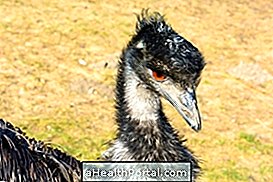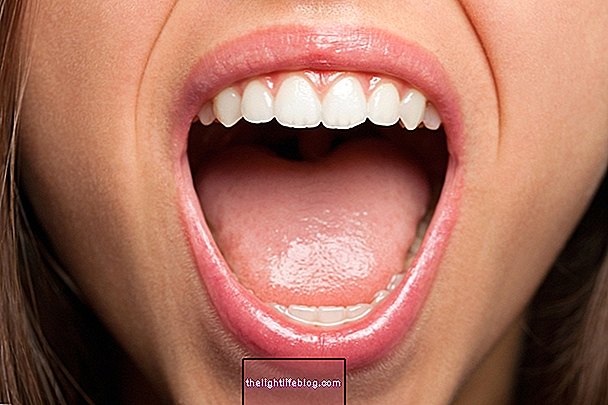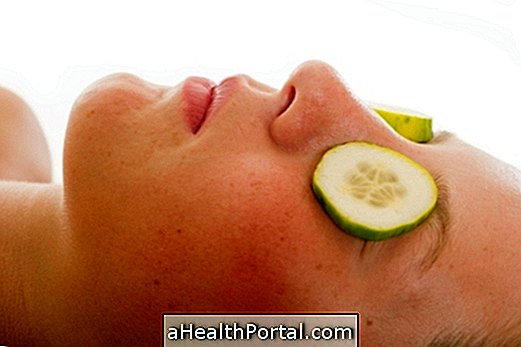To identify diseases that affect the thyroid, there are several tests that can be requested by the doctor, which assess their size, the presence of tumors and the amount of hormones that reflect the proper functioning of this gland.
Some of the most common tests are TSH, free T4 or thyroid ultrasound, which most often identify frequent changes such as hypothyroidism, hyperthyroidism or thyroid nodules.
However, more specific tests such as scintigraphy, biopsy, or antibody titration may be required, which may be recommended by the endocrinologist during the investigation of certain diseases, such as thyroiditis or thyroid tumors. See signs that may indicate thyroid problems.
1. Dosage of thyroid hormones (TSH and thyroxine)
The blood test evaluates the amount of hormones that show thyroid function, and is used by the doctor as guides to detect and evaluate hyper or hypothyroidism.
Although reference values may vary depending on the person's age or presence of pregnancy, normal values generally include:
| Thyroid hormone | Reference value |
| TSH | 0.3 and 4.0 mU / L |
| Total T3 | 80 to 180 ng / dl |
| Free T3 | 2.5 to 4 pg / ml |
|
T4 Total | 4.5 to 12.6 mg / dl |
| T4 Free | 0.7 to 1.5 ng / dl |
Understand the possible results of the TSH test
After identifying the change in thyroid function, the doctor will evaluate the need to request other tests to help identify the cause of these changes, such as ultrasound or antibody titration. Learn about the major diseases that affect the thyroid and how to identify it.
2. Antibody Dosage
Blood tests can also be done to titrate thyroid antibodies, which can be produced by the body in some autoimmune diseases such as Hashimoto's thyroiditis or Graves' disease, for example. The main ones are:
- Anti-peroxidase antibody (anti-TPO) : present in the vast majority of cases of Hashimoto's thyroiditis, a disease that causes cell damage and gradual loss of thyroid function. Learn more about what is and how to treat this autoimmune disease;
- Anti-thyroglobulin antibody (anti-Tg) : it is present in many cases of Hashimoto's thyroiditis, however, it is also found in people with no thyroid abnormality, so its detection does not always indicate that the disease will develop;
- Anti-TSH receptor antibody (anti-Trab) : may be present in cases of hyperthyroidism, mainly caused by Graves' disease. Know what it is and how to treat Graves' disease.
Thyroid autoantibodies should only be requested by physicians in cases where thyroid hormones are altered or suspected thyroid diseases as a way to help clarify the cause.
3. Thyroid ultrasound
Thyroid ultrasonography is done to evaluate the size of the gland and the presence of changes such as cysts, tumors, goiter or nodules.
Although this test can not tell if an injury is cancerous, it is very useful for detecting its characteristics and for guiding the puncture of nodules or cysts to aid in diagnosis.
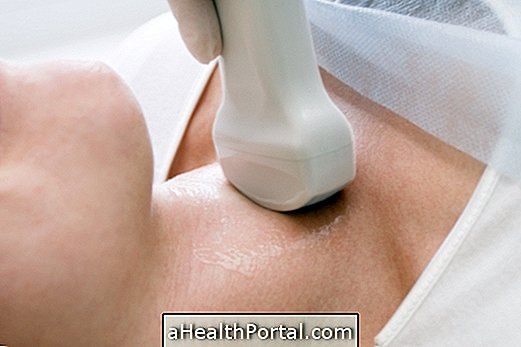
4. Thyroid scintigraphy
Thyroid scintigraphy is an examination that uses a small amount of radioactive iodine and a special camera to obtain an image of the thyroid, and to identify the level of activity of a nodule.
It is indicated primarily to investigate nodules suspected of cancer or whenever it is suspected of hyperthyroidism caused by a hormone-secreting lump, also called a hot or hyperfunctioning lump. Learn how thyroid scintigraphy is done and how to prepare for the exam.
5. Thyroid biopsy
The biopsy or puncture is done to identify if the thyroid nodule or cyst is benign or malignant. During the examination, the doctor inserts a thin needle into the lump and removes a small amount of the tissue or fluid that forms this lump, so that this sample is evaluated in the laboratory.
Thyroid biopsy may hurt or cause discomfort because this test is not done with anesthesia and the doctor can move the needle during the examination to get samples from various parts of the lump or to aspirate a larger amount of fluid. The exam is fast and lasts about 10 minutes and then the person should stay with a bandage on the spot for a few hours.
5. Thyroid self-examination
Thyroid self-examination can be used to identify the presence of cysts or nodules in the gland and is important to help detect any change early and prevent disease complications, and should be done primarily by women over 35 years of age or with a family history of thyroid problems.
To do this, follow these steps:
- Hold a mirror and identify where the thyroid is located, just below the Adam's apple, known as "gogó";
- Tilt your neck slightly back to better expose the region;
- Drink a sip of water;
- Observe the movement of the thyroid and identify if there is any protrusion, asymmetry.
If any change in the thyroid is noticed, it is important to seek the care of the endocrinologist or general practitioner to have the investigation done with tests that can confirm or not a change in the thyroid. See all the steps to do the self-examination in the correct way.
When to have thyroid exams
Taking tests that evaluate thyroid function is necessary in the following cases:
- Over 35 years (with TSH every 5 years) or earlier if there are suspicions or symptoms of thyroid abnormalities;
- Women who are pregnant or who wish to become pregnant;
- When nodules or changes are observed during self-examination or thyroid medical examination;
- After doing radiation to the neck or head to treat cancer;
- During treatment with medicines such as lithium, amiodarone or cytokines, which may interfere with thyroid function.
The type of examination that will be done is indicated by the doctor, according to what one wishes to evaluate and the main suspects for each chance.
